
French Guiana Embraces Marvellous Mangroves
Location: French Guyana
Start: 2018
Goal: To adapt the Marvellous Mangroves education programme for French Guiana and implement it through local teacher training
Partners
Tailored to Guyana’s unique sediment-rich coastline
Nearly 50 teachers trained between 2019 and 2021
French adaptation of MAP’s Marvellous Mangroves has been launched
What we did
The program was first piloted in Autumn 2019 during a three-day workshop at Collège Victor Schoelcher in Kourou. The workshop brought together students from combined classes to explore a range of activities, culminating in a field trip to the mangroves at Pointe des Roches. Designed to be hands-on, creative, and accessible, the curriculum includes two volumes of educational materials and cooperative games that guide students through scientific, sensory, and creative explorations—such as using hand lenses to examine bird feathers and mangrove leaves. Following the pilot, the programme was implemented more widely, with nearly 50 teachers and facilitators trained across French Guiana between 2019 and 2021. This broader rollout was made possible with the support of a wider network of collaborators, including CNRS, WWF, Pôle Relais Zones Humides Tropicales, the French Guiana Academy, and Graine Guyane.
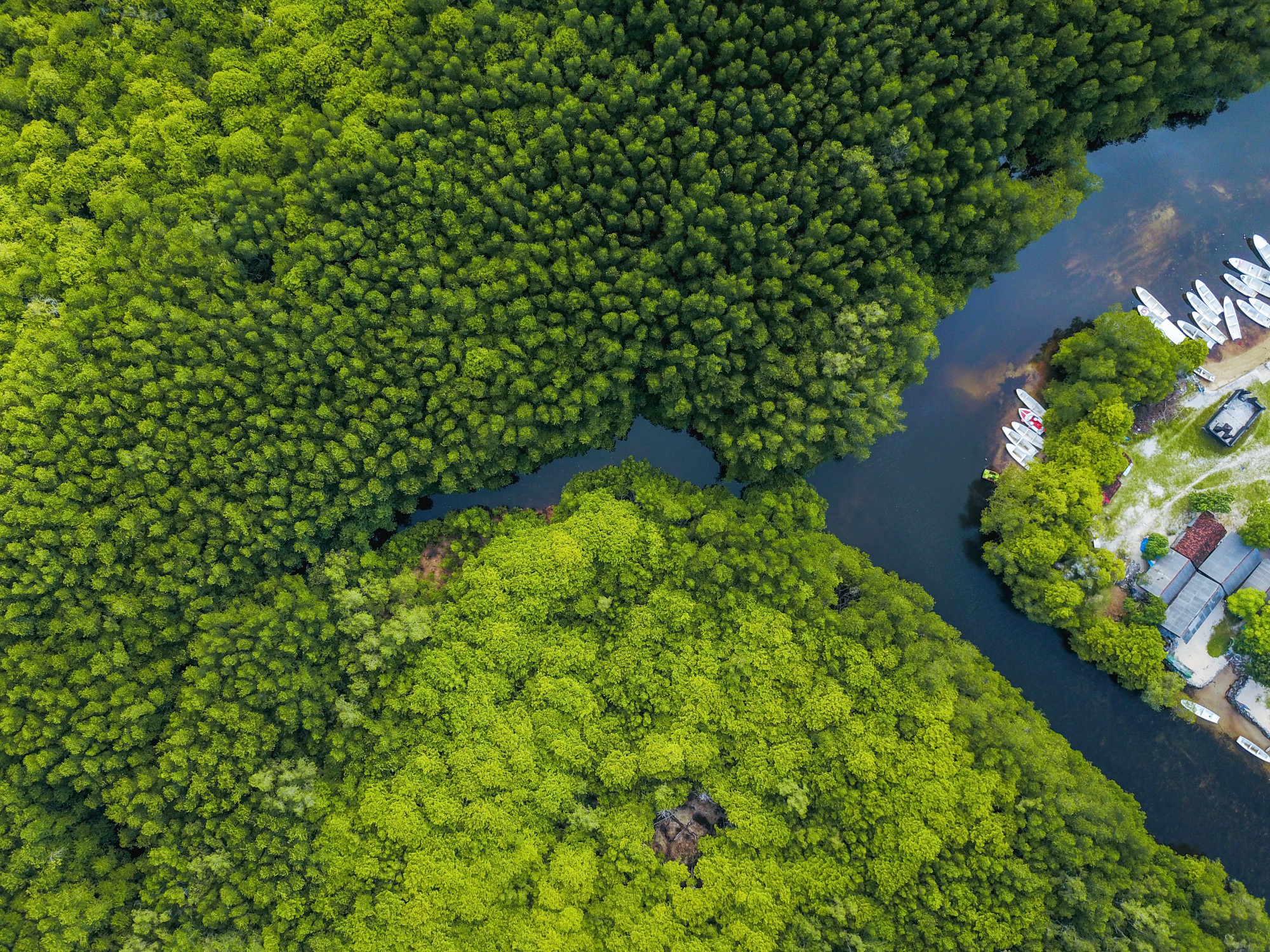
Interested in working with us?
Get in touch with us at cassie@mangroveactionproject.org
Related work
- Read more about ‘Marvellous Mangroves’ student education & Mangrove Restoration Training in Suriname
‘Marvellous Mangroves’ student education & Mangrove Restoration Training in Suriname
Location: Suriname Timeline: May 2019 Goal: To conduct an interdisciplinary training course that helps students explore and understand the function…
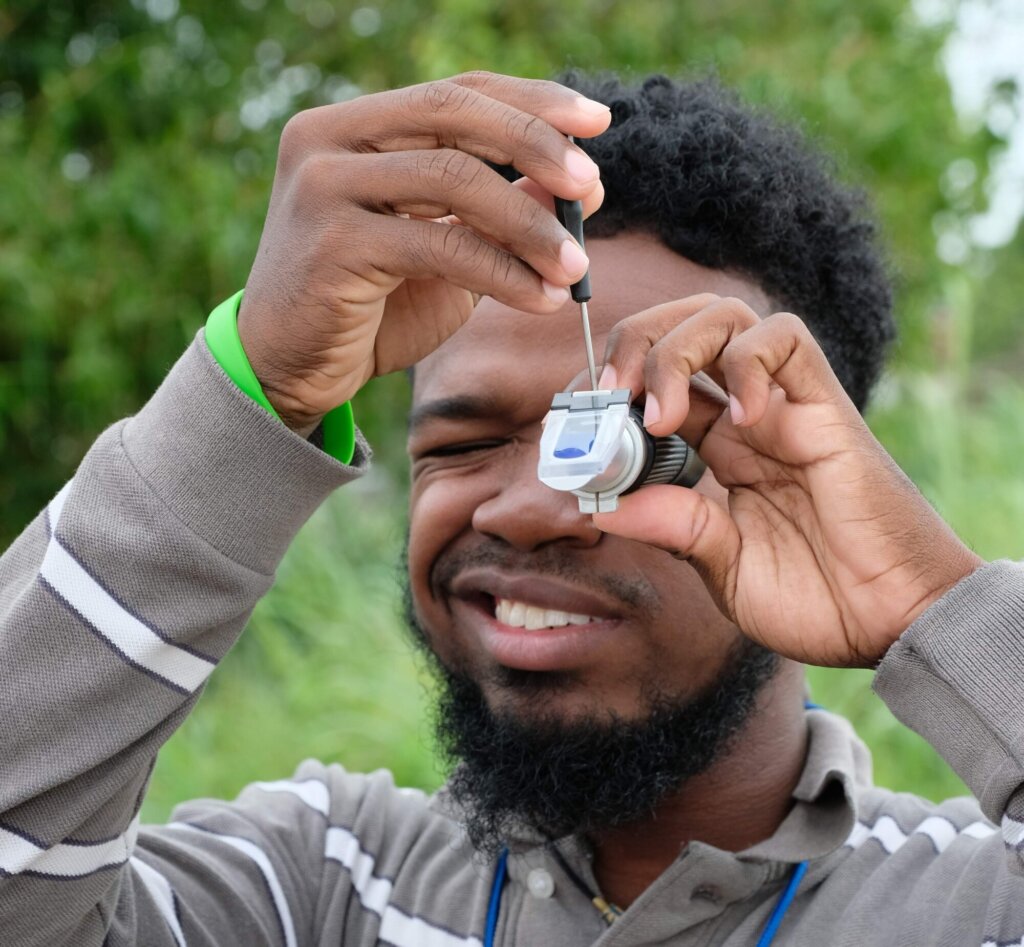
- Read more about Bringing Mangrove Education to Schools in Bangladesh
Bringing Mangrove Education to Schools in Bangladesh
Location: Khulna, Bangladesh Start Year: July 2013 Timeline: 8 days Goal: To deliver Marvellous Mangroves workshops to rural schools in…
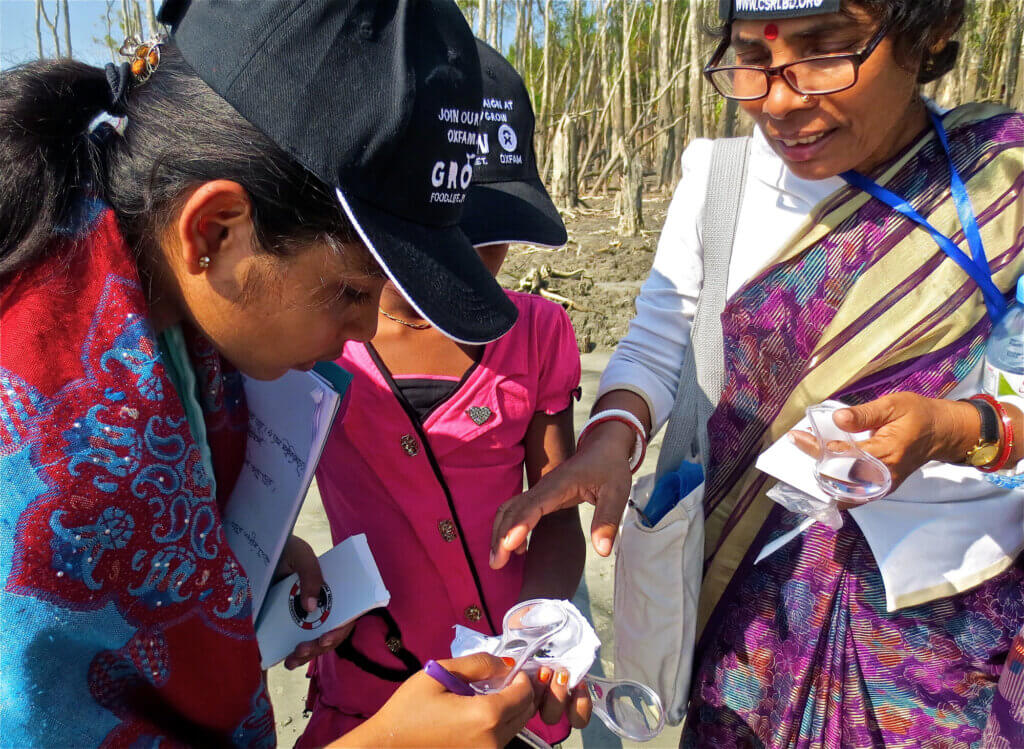
- Read more about Fostering a sustainable network in Honduras
Fostering a sustainable network in Honduras
Location: Honduras Timeline: February 2015 Goal: To work collaboratively with local officials to persuade local villagers and village leaders to reduce…

- Read more about Piloting MAP’s ‘Coastal Education Program’
Piloting MAP’s ‘Coastal Education Program’
Location: Belize Timeline: 8-15th May 2024 Goal: The goal of this trip was to introduce MAP's 'Coastal Education Program' (CEP) in…
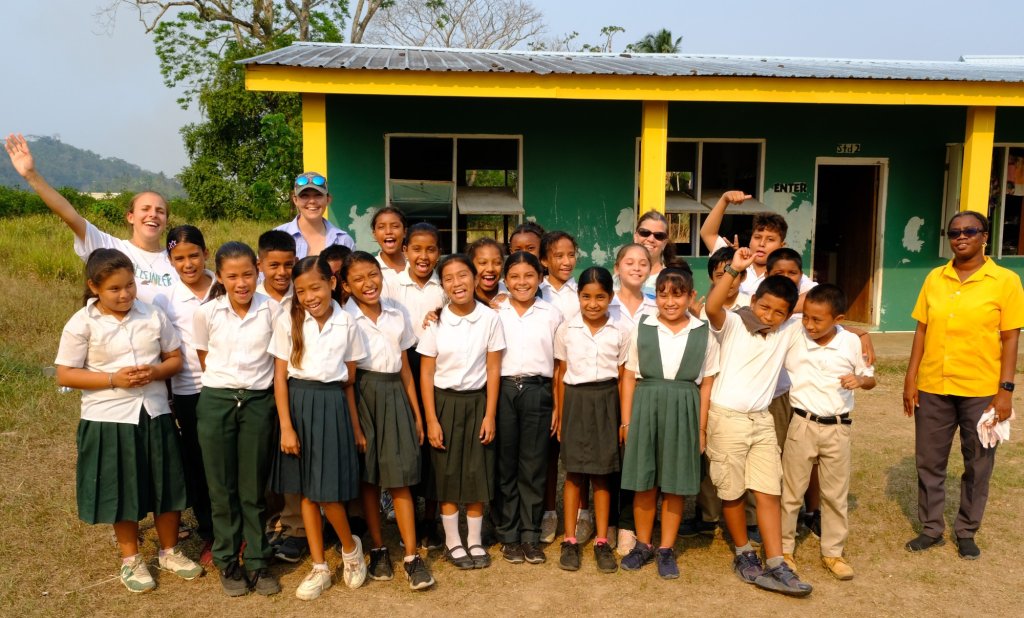
- Read more about Bringing Marvellous Mangroves to Brazilian Schools
Bringing Marvellous Mangroves to Brazilian Schools
Location: Brazil Start Year: 2006 Goal: To develop a locally adapted version of the Marvellous Mangroves curriculum for Brazil and implement it…

- Read more about Mangrove Education for Port Town Youth
Mangrove Education for Port Town Youth
Location: Topolobampo, Sinaloa, Mexico Date: 2021 Goal: To introduce the Marvellous Mangroves environmental education program to youth in Topolobampo, Mexico, raising…
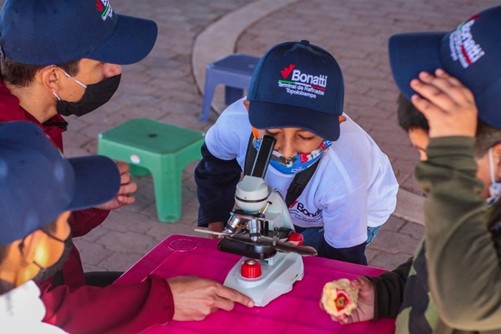
- Read more about Queensland Classrooms Dive into Mangrove Ecology
Queensland Classrooms Dive into Mangrove Ecology
Location: Queensland, Australia Start Year: 2014 Goal: To launch and promote a Queensland-specific Marvellous Mangroves curriculum for primary school teachers and…








